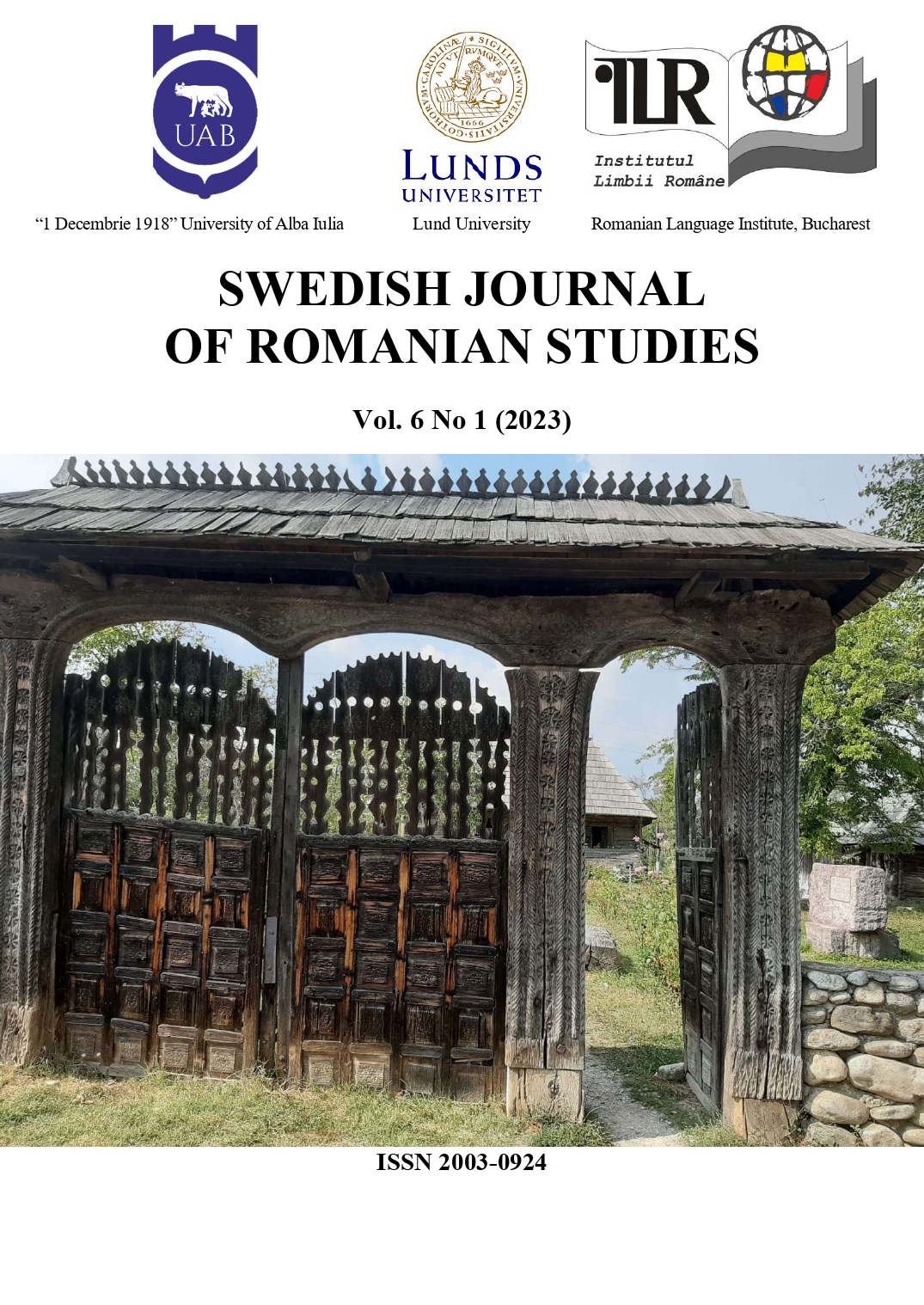The use of multimedia in language teaching
DOI:
https://doi.org/10.35824/sjrs.v6i1.24967Keywords:
multimedia, language teaching, language acquisition, educational technologyAbstract
The most common method to teach foreign languages is the use of course books. However, the 21st century serves other possibilities to use during learning, such as multimedia tools. The use of Internet, newspapers, the radio, or TV might be an alternative to typical language teaching methods.
Multimedia can be defined as the exciting combination of computer hardware and software that allows you to integrate video, animation, audio, graphics, and test resources to develop effective presentations on an affordable desktop computer. The method of teaching a foreign language through Multimedia has been used wider and wider and it has contributed a lot to higher teaching quality. Chalk-and-Talk teaching method is not enough to teach a foreign language effectively. We should change our teaching ideas and recognize their impersonal attribute as one kind of teaching method. Thus we can utilize modern education technology reasonably to fulfill the target of language teaching. We live in times where multimedia tools accompany almost everyone in their daily activities, e.g. one can get ready to leave home with the rhythm of the music on the radio, while another person cannot imagine breakfast without reading a newspaper. This illustrates the media’s enormous impact on people. It seems to be more enjoyable when knowledge is gained through multimedia tools: entertainment, language authenticity, and encouragement to learn more are provided. Consequently, boredom, which sometimes accompanies working with a course book during lessons, might be avoided. Of course, everything depends on the teacher’s attitude and preparation. What is more convincing, is the fact that all the skills may be taught with the use of multimedia tools. Moreover, they may satisfy all types of learners, which is not always possible during teaching with a course book.
References
Harmer, J. (2001). Practice of English Language Teaching. Longman.
Jarvis, H. (2000). The Changing Role of Computers in Language Teaching and the Case for ‘Study Skills’. Modern English Teacher.
Morgan, J. & Rinvolucri, M. (2004). Vocabulary: Resource Book for Teachers. Oxford University Press.
Scrivener, J. (2005). Learning Teaching, A Guidebook for English Language Teachers. Second Edition, Macmillan Books for Teachers.
The British Council, (1979). The Use of the Media English Language Teaching. English Teaching Information Centre.
Vaughan, T. (1993). Multimedia: Making It Work. Osborne/McGraw-Hill.
Warschauer, M. & Healey, D. (1998). Computers and Language Learning. Language Teaching.
Wright, A. & Haleem, S. (1991). Visuals for the Language Classroom. Longman.
Downloads
Published
How to Cite
Issue
Section
License
Copyright (c) 2023 Gabriel Barbulet

This work is licensed under a Creative Commons Attribution-NonCommercial 4.0 International License.
Authors who publish with this journal agree to the following terms:
a. Authors retain copyright and grant the journal right of first publication with the work simultaneously licensed under a Creative Commons Attribution-NonCommercial 4.0 International License that allows others to share the work with an acknowledgement of the work's authorship and initial publication in this journal.
b. Authors are able to enter into separate, additional contractual arrangements for the non-exclusive distribution of the journal's published version of the work (e.g., post it to an institutional repository or publish it in a book), with an acknowledgement of its initial publication in this journal.
c. Authors are permitted and encouraged to post their work online (e.g., in institutional repositories or on their website) prior to and during the submission process, as it can lead to productive exchanges, as well as earlier and greater citation of published work (See The Effect of Open Access).

